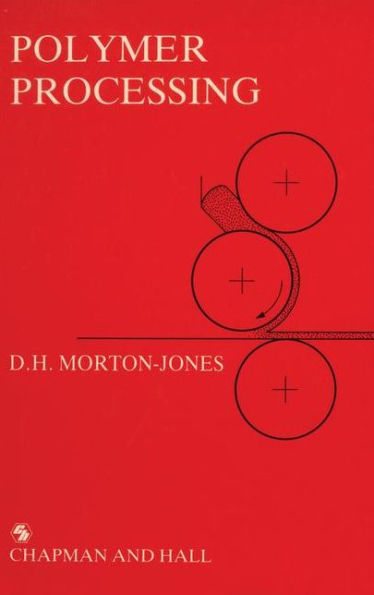5
1
9780412267000


Polymer Processing / Edition 1 available in Paperback

Polymer Processing / Edition 1
- ISBN-10:
- 0412267004
- ISBN-13:
- 9780412267000
- Pub. Date:
- 06/30/1989
- Publisher:
- Springer Netherlands
- ISBN-10:
- 0412267004
- ISBN-13:
- 9780412267000
- Pub. Date:
- 06/30/1989
- Publisher:
- Springer Netherlands
129.99
In Stock

Product Details
| ISBN-13: | 9780412267000 |
|---|---|
| Publisher: | Springer Netherlands |
| Publication date: | 06/30/1989 |
| Edition description: | Softcover reprint of the original 1st ed. 1989 |
| Pages: | 272 |
| Product dimensions: | 6.10(w) x 9.25(h) x 0.36(d) |
| Age Range: | 18 Years |
From the B&N Reads Blog
